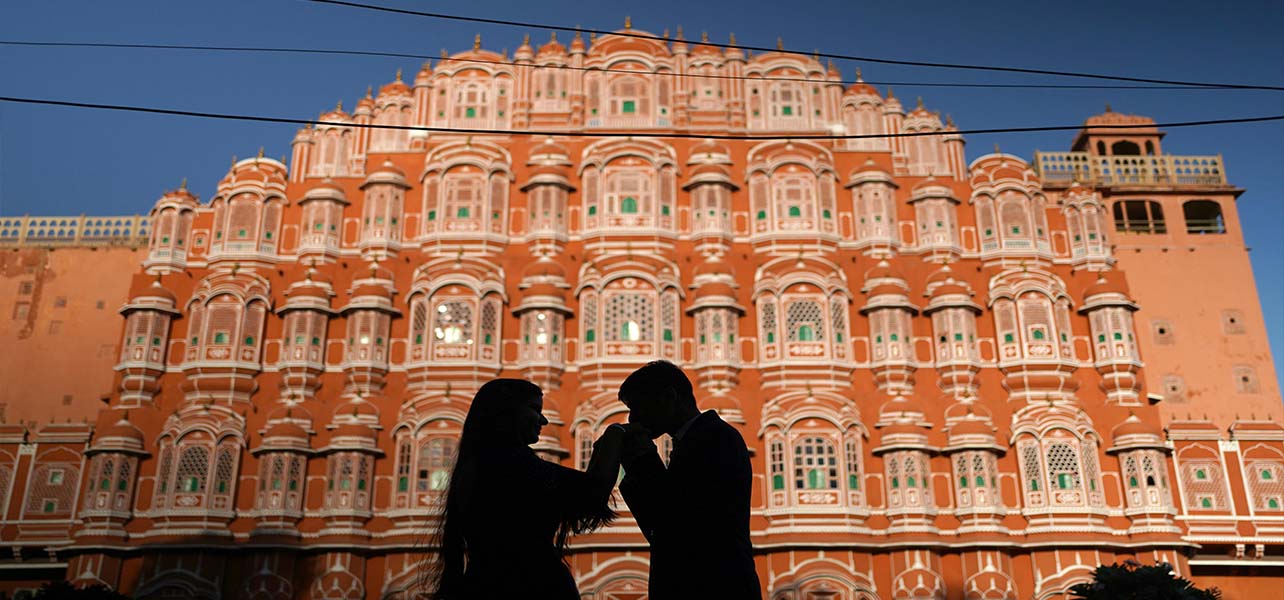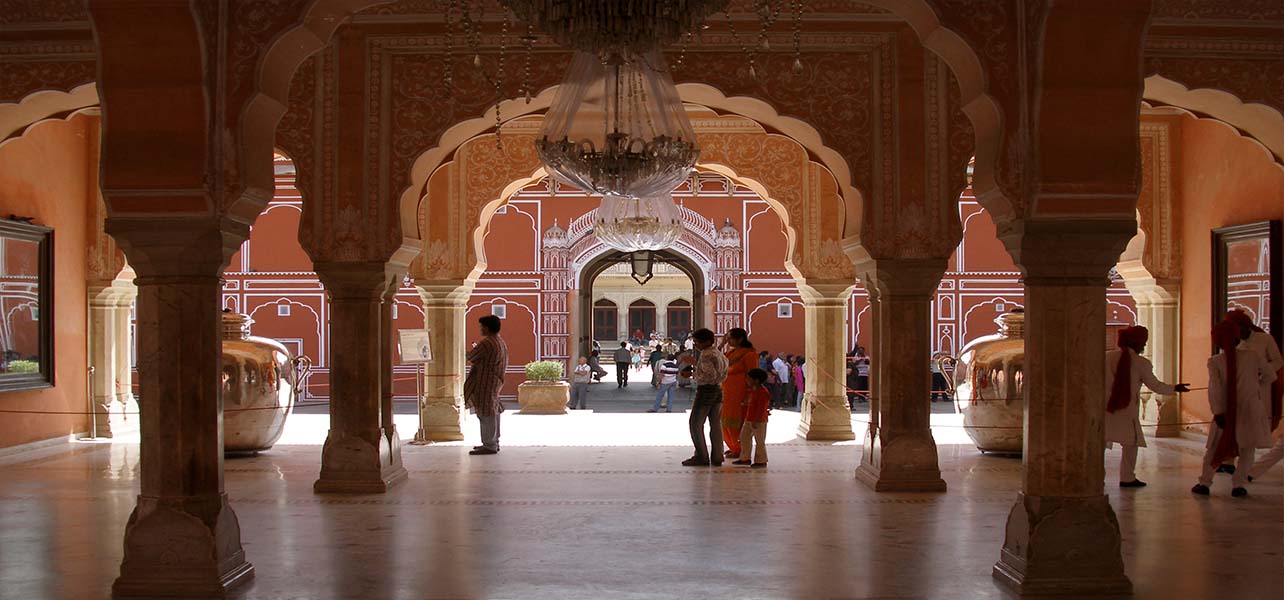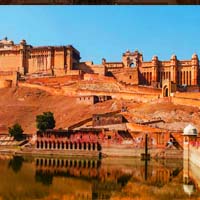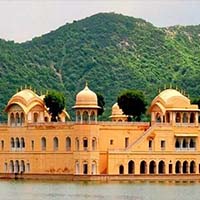Mata Jwala Devi (ज्वाला देवी मंदिर) Verified
Description
Mata Jwala Devi (ज्वाला देवी मंदिर) is a highly revered Shakti Peeth temple located in the Kangra district of Himachal Pradesh. It is dedicated to Goddess Jwala Ji, also called the “Goddess of Eternal Flames”. Unlike other temples where idols are worshipped, here natural flames burning from rock fissures are considered the manifestation of the Goddess.
About Mata Jwala Devi
One of the 51 Shakti
Peethas in
India.
According to legend, the
tongue
of Goddess Sati fell at this spot after Lord Shiva carried her burning body
across the
universe.
The flames at the temple have
been burning continuously for centuries without any fuel source,
symbolizing the Goddess’s
eternal presence.
The temple is believed to be
established by King Bhumi Chand Katoch.
Key Attractions at Jwala Ji Temple
Eternal Flames (Jwalamukhi)
The main
sanctum houses nine flames, each representing a form of Goddess:
Maha Kali, Annapurna, Chandi, Hinglaj, Vindhya Vasini, Maha
Lakshmi, Saraswati, Ambika, Anjana.
Golden Dome & Architecture
The temple dome is gilded with gold, donated by Maharaja Ranjit Singh.
Arti Ceremonies
Devotees witness Mangal Aarti (morning), Shayan Aarti (night), and especially the Havan Aarti with Flames.
Sacred Pond
A holy kund (pond) inside the temple complex for devotees.
Festivals & Fairs
Navratri is
the grandest festival, attracting lakhs of devotees.
Special Jwalamukhi
Fair is organized twice a year (Chaitra and Ashwin Navratri).
How to Reach Mata Jwala Devi
By Air: Kangra
(Gaggal) Airport – 50 km.
By Train:
Nearest railway station is Pathankot (120 km), then road journey.
By Road: Well
connected by buses and taxis from Kangra, Dharamshala, and Chandigarh.
Best Time to Visit
Open throughout the year.
Best months:
March–June
(pleasant weather) and September–November (during Navratri).
Belief & Significance
The eternal flames symbolize
the immortal energy of the Goddess.
It is believed that Mata Jwala
Devi fulfills the wishes of her devotees and protects them from evil.
The temple is also mentioned in
ancient texts like the Mahabharata.











